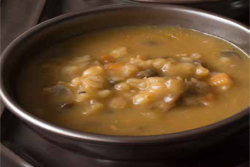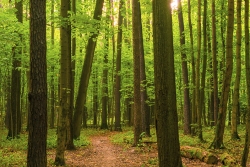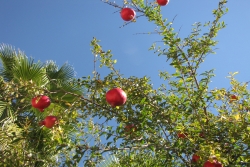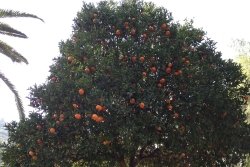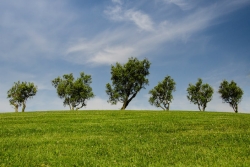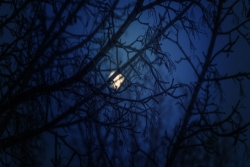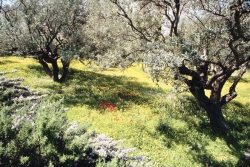Tu BiShvat Fruit and Nut Cups
This dish pays homage to the Seven Species, which we eat on Tu BiShvat.
Vegetarian Mushroom Barley Soup
One favorite dish of the Ashkenazim that survived the move from the shtetl to North America was the hearty mushroom-potato-barley soup called krupnick.
Why do we celebrate Tu BiShvat, the Jewish “New Year of the Trees,” in the middle of winter?
Tu BiShvat, called the "New Year of the Trees," falls at a seemingly incongruous time of year.
Tu BiSh'vat: A Time to Celebrate Environmental Justice
There are many reasons to celebrate Tu BiSh’vat this year, as this has been an exciting year for environmental justice.
A Blessing for Tu BiShvat
We who have become cynical,
Hard shelled,
Whom life has raised its tough first
Of despair and
Disappointment and heartache
And grief,
We who have learned to protect our souls
And toughen our hearts
To avoid more anguish
To stop the flow of tears
How to Plan a Tu BiSh'vat Seder
Everyone loves to participate in a Pesach seder. But did you know that there is an opportunity to celebrate a different seder about two months earlier?
Ode to the Moon of Shvat
Winter weighs on the soul of this author. She finds comfort, though, in the moon cycles and their symbols, laden with meaning, healing, comfort, and inspiration.

